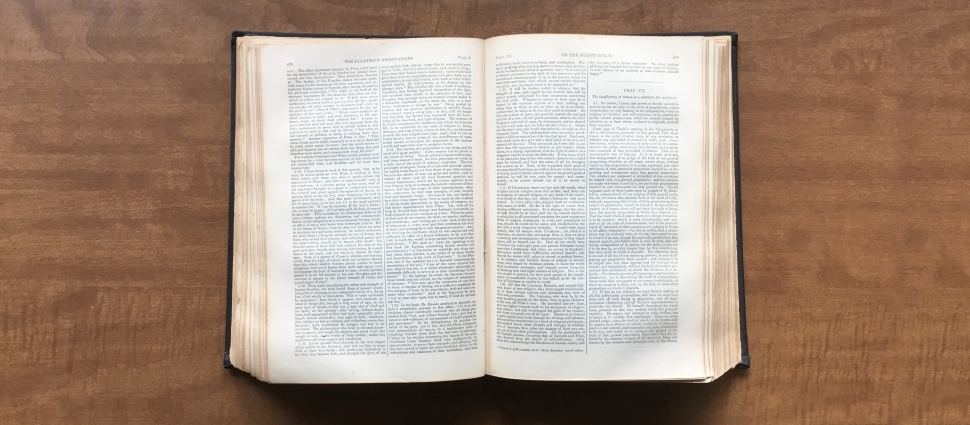Questionable Creatures: A Bestiary

Bestiaries are fascinating things--part fact and observation; part fiction and superstition. From Herodotus, Pliny, and Aristotle through the Middle Ages and the Renaissance, these descriptions of animals, birds, serpents, and fanciful beasts provide a rich tapestry to understand the mind of the Medievals--especially in the realm of Scriptural understanding and artistic allusions. Even though the existence of manticores, griffins, and the phoenix may by suspect, the spiritual lessons derived from their stories and the symbolic representation that they embodied are every bit as real as the lions, elephants, and horses that also inhabit the pages of bestiaries.
However, one cannot believe everything one reads about the "real" beasts either. The point is that these zoological collections are at the same time both frivolous and replete with meaning. With the opportunity to illustrate such a wide array of fantastical creatures, it is no wonder that the incomparable Pauline Baynes chose a Bestiary as her latest project.
Pauline Baynes was in her mid-twenties at the time that she illustrated The Lion, the Witch, and the Wardrobe for C.S. Lewis, and she had already illustrated Farmer Giles of Ham for J.R.R. Tolkien. She continued to illustrate works for both of these men as well as many other authors. It was her images of Narnia that brought Aslan to life for generations of readers.
I Believe: The Nicene Creed (Eerdmans) is Baynes' beautifully illustrated version of the creed with drawings reminiscent of medieval illumination appealing to both children (even very young ones) and adults. The art provides commentary on the articles of the creed in such a way as to provoke discussion with children. She also manages to incorporate some fantastical creatures in the margins.
Questionable Creatures provides Baynes with another outlet to explore common and uncommon animals in bright colors and in the style of medieval illumination. The pictures are fun and whimsical, and they incorporate visually the information in the text. It is, however, with the text that this work begins to defy categories. I can't help but think that the editorial board at Eerdmans had some interesting conversations over this publication--especially since their imprint, Eerdmans Books for Young Readers, released this title. The text seems far from child friendly.
Baynes' text is part commentary on bestiaries, part commentary on Medievals, and part highlights of commonly accepted "facts" about the various animals and beasts. She also includes information about aphrodisiacs and some mating habits. The description of how "wine mixed with horse urine or dung was thought to cure headaches" is accompanied by a drawing depicting "uncontrollable lust" between a couple (caused by a love charm derived from a foal) as well as a fresh pile of horse droppings.
Granted that people of other centuries lived closer to the earth and were thus a bit more earthy in their talk and behavior, the question arises as for whom this book is intended. The layout is simple: the verso page contains the drawing and the recto page is the corresponding text. However, since the actual text is rather short, some of the included details that seem rather salacious in this abbreviated form would not appear as titillating if included in a more full description. For example, T.H. White's The Book of Beasts: Being a Translation from a Latin Bestiary of the Twelfth Century (Dover Publications, 1984) includes many more details about the beasts in its much longer descriptions such that some of the same earthy information or remedies do not dominate the text. However, White's work, at 270 pages with only black and white sketches, is intended to convey the text of a bestiary, while Bayne's work of forty-seven pages with twenty full-page color illustrations is obviously intended to focus on the art.
Which leads us back to the earlier question of who is the intended audience of Questionable Creatures? I am fascinated by it because of my interest in medieval writings and the formation of the medieval mind as it applies to allegory, art, and biblical understanding. Pauline Baynes does a wonderful job illustrating those concepts. However, if I want more complete information on the subject, I am much more likely to turn to White's translation of The Book of Beasts. As far as being a children's book, I would be wary of unthinkingly handing it to a pre-reader because of pictures of Satyrs chasing women, a hyena eating a corpse, a bonnacon emptying its intestines on pursuers, and a manticore eating a dismembered man--even if that's what manticores do. For young readers, be prepared to define and discuss "aphrodisiac," "mating," "lascivious," "whores," and "lust"--as well as the more misunderstood concepts of the value of legend and belief even in those things that we consider not to be "true."
However, for those with an understanding of earthy content in the context of greater art (i.e. those who read The Canterbury Tales for the artistry of language and the Christian and biblical content rather than for titillation) and for those who appreciate medieval illumination techniques newly wrought through the work of Pauline Baynes, Questionable Beasts will find a proud place on your shelf.
Pauline Baynes / Grand Rapids: Eerdmans, 2006
Review by Greg Wilbur, Director of King's Meadow Study Center, Franklin, TN.




